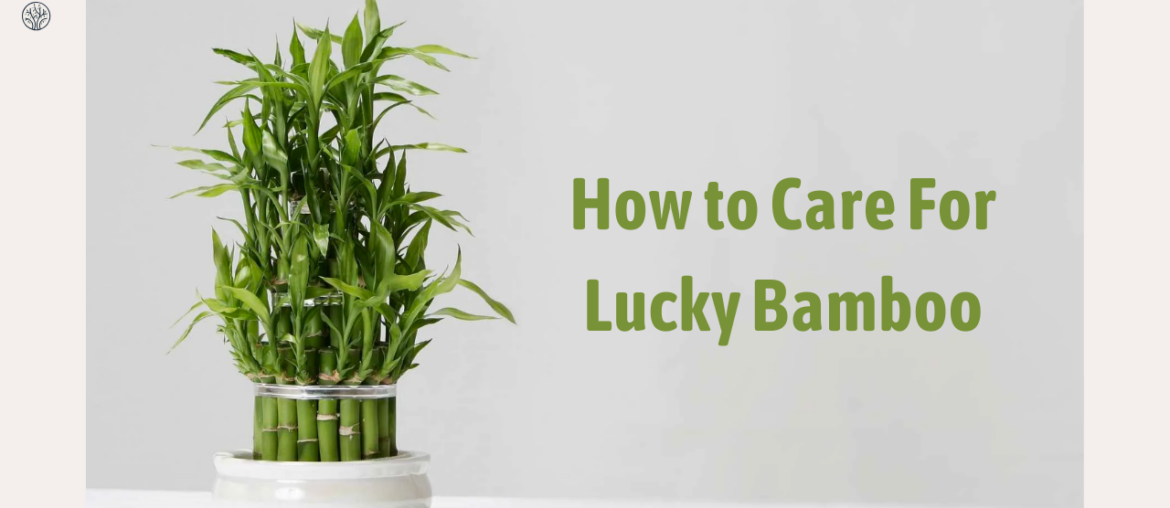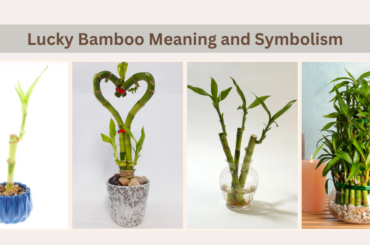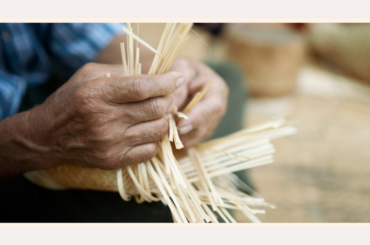Lucky bamboo is a popular houseplant that is believed to bring good luck and positive energy into your home. With its elegant appearance and low-maintenance requirements, it’s no wonder that this plant has captured the hearts of many. However, despite its reputation for being low-maintenance, lucky bamboo does require some specific care to thrive. In this article, we will show you how to care for lucky bamboo, ensuring it not only survives but flourishes in your space.
What Is Lucky Bamboo
Lucky bamboo is a commonly cultivated houseplant with a rich history rooted in Chinese culture. Despite its name, lucky bamboo isn’t a true bamboo. In fact, it’s a member of the Asparagaceae family with the scientific name Dracaena sanderiana.
The roots of its popularity trace back to feng shui, an ancient Chinese philosophy. This philosophy seeks to harmonize individuals with their environment to promote well-being and positive energy. Lucky bamboo is believed to bring good luck, prosperity, love, health, and growth into the lives of those who nurture it.
Traditionally, lucky bamboo is the perfect gift for special occasions or important milestones in life. It’s not only an aesthetic addition to homes and offices but also a symbol of good fortune. Depending on the number of stalks and their arrangement, lucky bamboo can convey different meanings. For example, three stalks symbolize happiness, wealth, and longevity, while five stalks represent the five elements of feng shui: wood, water, metal, fire, and earth.
How To Propagate Lucky Bamboo
One of the unique aspects of lucky bamboo is its ability to be propagated with relative ease. Propagation allows you to create new plants from the parent plant. This gives you the opportunity to share the good luck or expand your collection. Here’s how to propagate lucky bamboo:
Growing In Water
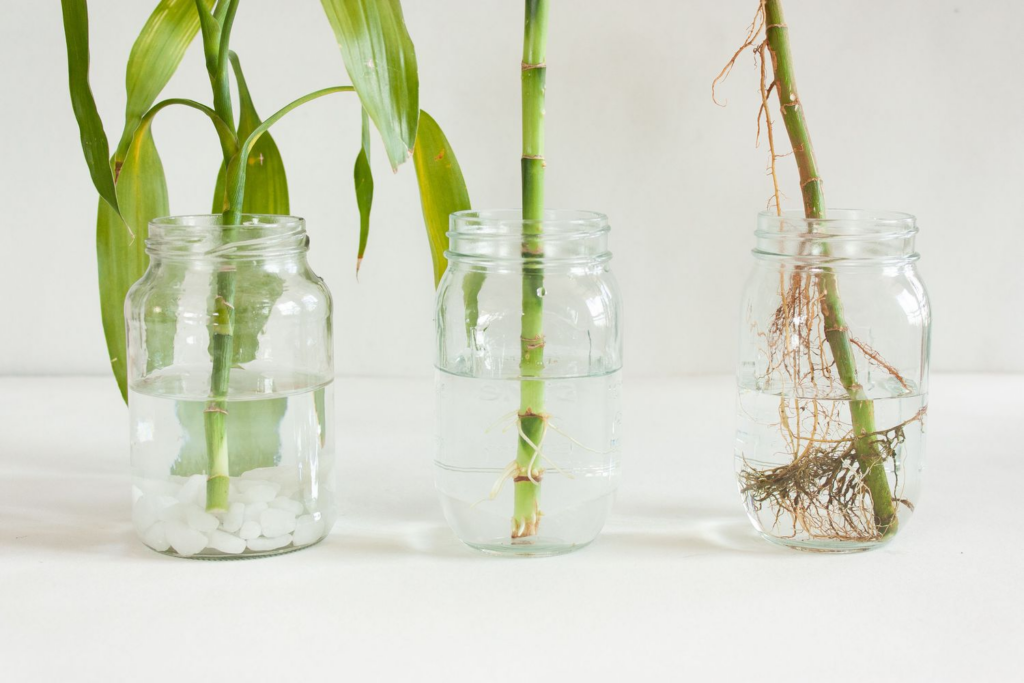
Taking cuttings is the simplest way to propagate lucky bamboo. Follow these steps:
- Prepare your tools: Ensure that you have clean scissors or gardening shears. Cleanliness is crucial to prevent any potential infections.
- Select a healthy stem: Choose a healthy stem or stalk from the parent plant that has at least one leaf and a node. The node is where new roots will develop.
- Trim the stem: Use your scissors/shears to cut the selected stem just below a node. This will be your cutting.
- Place the cutting in water: Put the cutting in a container of water, ensuring that the node is submerged. Change the water every few days to keep it fresh and oxygenated.
Planting In Soil
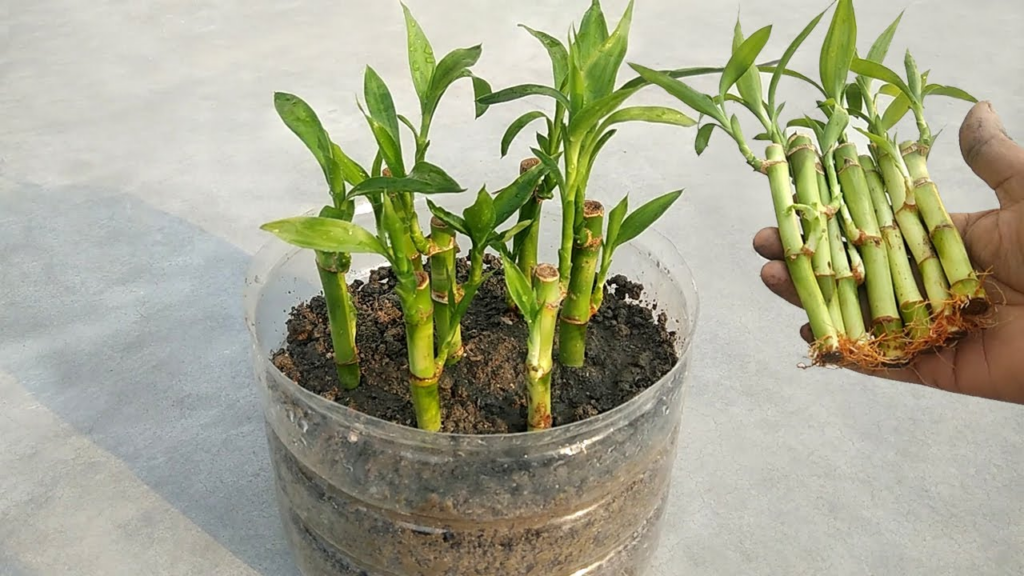
Alternatively, you can propagate lucky bamboo by planting the cuttings in soil. Here’s how:
- Prepare a pot: Choose a pot with drainage holes and fill it with fresh, well-draining potting soil. Consider mixing in some perlite or sand to improve drainage.
- Plant the cutting: Take the cutting with roots that have formed in water, and plant it in the soil. Water it lightly to settle the soil around the cutting.
- Maintain humidity: Keep the newly potted cutting in a humid environment. You can cover it with a plastic bag or place it in a humidity tray to ensure moisture retention.
Whether you choose to propagate in water or soil, remember that the new plant won’t have the same distinctive stalks and growth habits as the parent plant. It will still be a pretty and resilient houseplant, but it won’t look like professionally shaped lucky bamboo.
How To Care For Lucky Bamboo
Learning how to care for lucky bamboo is relatively simple. However, it does require attention to a few key factors to ensure the plant thrives. Let’s explore these essential plant care aspects in detail.
Light
Proper lighting is crucial for the health of your lucky bamboo. Does lucky bamboo need sunlight? Yes, it does. These plants prefer bright, filtered indirect sunlight, similar to the conditions found under a rainforest canopy.
It’s important to note that lucky bamboo is more tolerant of low light conditions than direct sunlight. Therefore, avoid placing them in direct sun, which can scorch their delicate leaves.
One tip for maintaining even growth is to rotate your lucky bamboo regularly. This ensures that all parts of the plant receive an adequate amount of light, preventing it from becoming lopsided or leaning towards the light source. If you notice your lucky bamboo turning yellow or stretching, it’s a sign that it needs more light.
Soil
Lucky bamboo has modest requirements when it comes to soil. The key is to provide well-drained, organic-rich soil with a pH level between 6.0 and 6.5. This slightly acidic soil pH helps maintain optimal nutrient absorption for the plant.
Avoid using heavy or sticky substrates that can retain excess moisture, as this can lead to root rot and fungal issues, ultimately turning your plant into an unhealthy lucky bamboo plant. To create an ideal growing medium for your lucky bamboo, consider mixing your soil with a small amount of perlite. Perlite aids in improving soil aeration and drainage, preventing the soil from becoming compacted and allowing the roots to breathe. Additionally, choose a fertilizer that is free of boron or calcium superphosphate to avoid any adverse effects on your plant.
When potting your lucky bamboo, opt for pottery pots with multiple drainage holes. These pots promote efficient drainage, ensuring that excess water doesn’t linger around the roots. Proper drainage is vital for preventing root rot and maintaining the health of your lucky bamboo.
Water
Proper watering is essential when learning how to care for lucky bamboo. Lucky bamboo is sensitive to chlorine and other chemicals often present in tap water. While tap water is generally acceptable for watering, it’s advisable to use bottled or distilled water to ensure the best results. If using tap water, let it sit for 24 hours to allow the chlorine to evaporate before using it on your plant.
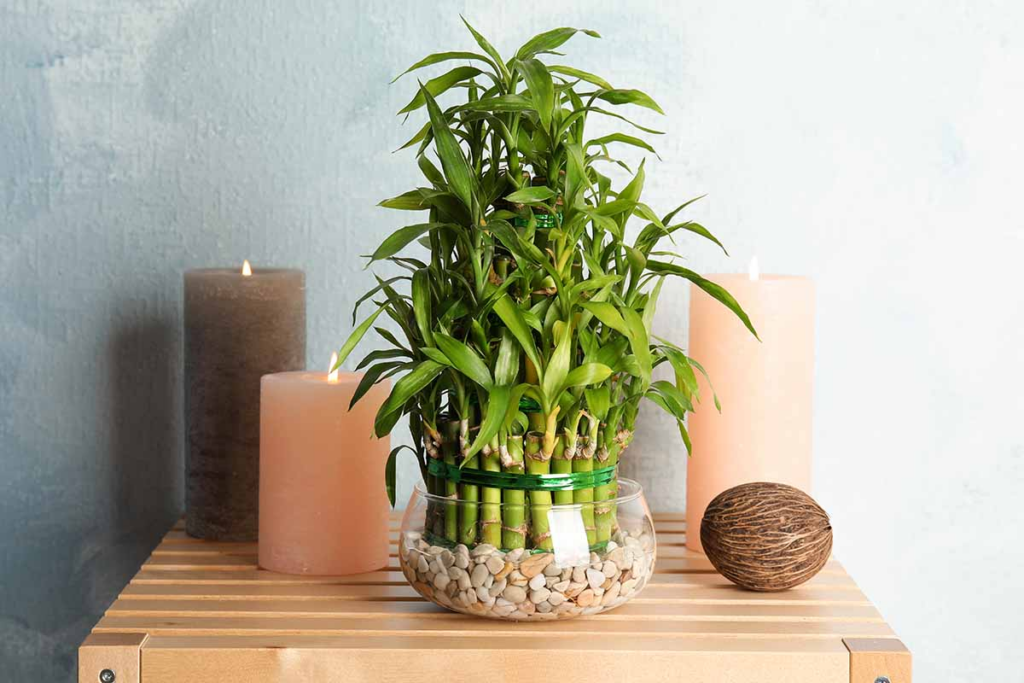
If you’re growing your lucky bamboo in a water vase filled with pebbles, you should change the water on a weekly basis. This regular change helps prevent the growth of diseases and the development of unpleasant odors. Ensure that the water always covers the roots of the plant. To maintain the appropriate water level, add a small amount of water every 2 to 7 days as needed. Additionally, completely replace the water every 2 to 3 months or sooner if you detect any foul odor emanating from it.
When growing lucky bamboo in soil, the watering frequency differs. Watering once a week is generally sufficient. Water the plant thoroughly until you notice water draining from the pot’s drainage holes. After watering, allow the surface soil to dry out before the next watering. Testing the soil’s moisture level with your finger can help you determine when it’s time to water again.
Temperature & Humidity
Lucky bamboo hails from subtropical regions and thrives in a warm and humid environment. The ideal temperature range for its growth is between 16 to 26 degrees Celsius (60 to 80 degrees Fahrenheit). Because Lucky bamboo is less cold-resistant and can suffer damage in colder conditions, you should avoid exposing it to temperatures below 10 degrees Celsius (50 degrees Fahrenheit).
If you plan to keep lucky bamboo indoors, ensure that the room maintains a comfortable temperature within the recommended range. In colder climates, it’s best to keep your plant away from drafty windows during the winter to prevent it from getting too chilly.
Maintaining proper humidity is also vital for the well-being of your lucky bamboo. You can increase humidity by using a humidifier in the room or placing a tray of pebbles under the pot. Add some water to the tray without submerging the pot, as this will help create a microclimate with higher humidity around the plant.
Fertilizer
One of the reasons lucky bamboo is so beloved is its low demand for nutrients. However, it still benefits from occasional fertilization, which can promote healthier growth. Here’s how to fertilize your lucky bamboo:
- Frequency:
Lucky bamboo should be fertilized once every two weeks during the spring and summer months when it’s actively growing. As fall arrives, you can reduce the frequency to once a month. In the winter, when growth slows down, no fertilization is required.
- Type of Fertilizer:
You can use general water-soluble fertilizers available at most garden centers. Be sure to follow the recommended dosage on the package to avoid over-fertilizing, which can harm your plant.
- Specialty Lucky Bamboo Fertilizers:
Alternatively, you can use specialty lucky bamboo fertilizers designed specifically for this plant. Products like the Super Green Lucky Bamboo Fertilizer or the Green Green Plant Food Lucky Bamboo Fertilizer are formulated to meet the unique nutritional needs of lucky bamboo.
- Water-Grown Plants:
If you’re growing lucky bamboo in water, you’ll only need to feed it every other month or so. Use a very weak liquid fertilizer for these arrangements. Don’t be alarmed if you see red roots floating in the water; healthy lucky bamboo roots are typically red.
Pruning
Pruning is a crucial part of maintaining the health and appearance of your lucky bamboo. While it may not require the intricate pruning techniques used for bonsai trees, occasional trimming is necessary. Over time, most indoor plants, including lucky bamboo, can become top-heavy or lose their desired shape. Pruning helps control this growth and encourages a bushier and more compact plant.
When it comes to pruning lucky bamboo, avoid cutting the main stalk. Instead, focus on the offshoots using sterile snippers or sharp gardening scissors. You can trim the offshoots back to within 1 or 2 inches of the main stem. This method encourages new shoots to emerge, resulting in a denser and healthier plant. To prevent new growth from sprouting at the cut end, consider dipping it in paraffin.
It’s important to note that the yellow leaves beneath the stem will naturally wither over time, and you should remove them when necessary. As the plant grows taller, you can control its height by pruning it in the spring. Ensure that you retain the bud points below the cut, as new leaves will emerge in the following weeks.
Care for Your Lucky Bamboo and Create Zen for Your Space Now!
Lucky bamboo not only adds a touch of natural elegance to your living space but also brings peace and positive energy. By following the above tips on how to care for lucky bamboo, you can cultivate a sense of serenity and prosperity in your home. So, why wait? Bring a Zen-like ambiance into your life today with lucky bamboo!

